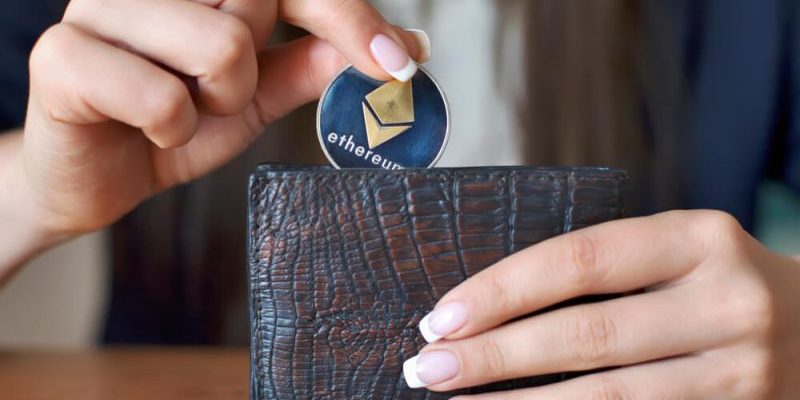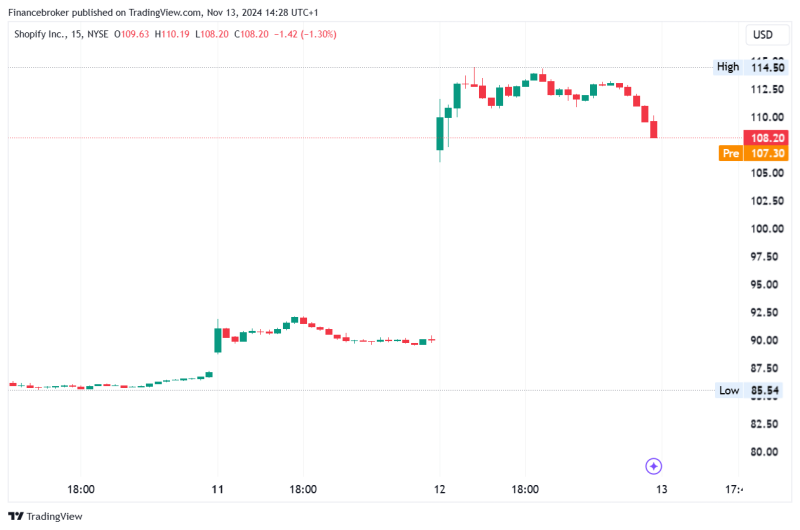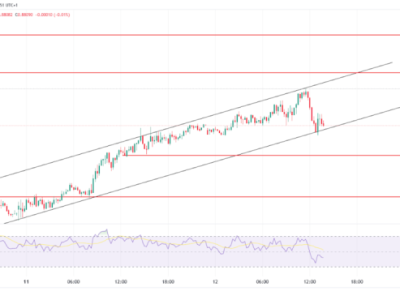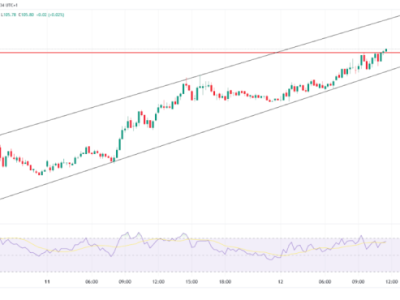
Understanding Crypto Wallets
A crypto wallet acts as a digital bank account for your cryptocurrencies, enabling you to store, send, and receive digital currencies like Bitcoin, Ethereum, and many others. Unlike traditional wallets, crypto wallets don’t actually store your cryptocurrency. Instead, they hold the keys (your public and private keys) that allow you to access your digital assets on the blockchain. Your public key is similar to an account number that you can share with others to receive funds, while your private key is akin to your PIN or password, which should be kept secure at all times.
Choosing the Right Crypto Wallet
The choice of wallet is critical and depends on your specific needs, such as the type of cryptocurrencies you want to hold, your investment strategy, and your concerns regarding security and convenience.
Software Wallets: These are apps or programs that you can download to your computer or smartphone. They offer a balance between security and convenience, making them suitable for those actively using cryptocurrencies for transactions or trading.
Hardware Wallets: These physical devices store your private keys offline, providing an added layer of security by making them immune to online hacking attempts. They are ideal for long-term investors looking to securely store large amounts of cryptocurrency.
Paper Wallets: As the name suggests, a paper wallet is a physical document that contains your public and private keys. They are one of the safest options for storing cryptocurrencies, as they are completely offline and immune to hacking. However, they can be easily damaged or lost.
Create a Software Crypto Wallet
Select a Software Wallet App: Research and choose a reliable wallet provider like Exodus, Electrum, or Trust Wallet. Consider the supported cryptocurrencies, security features, and user interface.
Download the Wallet: Ensure you download the app from the official app store or the provider’s website to prevent installing malicious software.
Create an Account: Fill in your details, including a strong password. Some wallets might require identity verification.
Transfer Your Assets: Fund your wallet by depositing from a bank account, exchanging cryptocurrencies, or receiving them from another wallet.
Hardware Wallet
Select the Hardware: Choose a wallet like Ledger Nano X, Trezor Model T, or KeepKey based on features and security.
Purchase and Install Software: After purchasing the wallet, follow the setup wizard to install the necessary software and connect the wallet to your device.
Transfer Cryptocurrency: Link your hardware wallet to an exchange or brokerage account to transfer your digital assets into the wallet.
Paper Wallet
Use a Wallet Generator: Find a reputable wallet generator and save its web archive to use it offline.
Go Offline: Disconnect from the internet to enhance security during the creation of your paper wallet.
Print the Key: Securely print your private key and store it in a safe location to prevent loss or theft.
Creating a crypto wallet is the first step towards engaging with the digital currency space. Whether you choose a software, hardware, or paper wallet, understanding the process and security measures is crucial. By following the outlined steps, you can ensure the safety of your digital assets and position yourself to take advantage of the burgeoning opportunities in the cryptocurrency market.
In the Burgeoning World of Cryptocurrencies, Securing Your Digital Assets is Paramount
In the burgeoning world of cryptocurrencies, securing your digital assets is paramount. The rising incidences of high-profile hacks underscore the vulnerability of crypto wallets, making security a top priority for users. This article explores essential strategies for safeguarding your crypto wallet, minimizing the risk of unauthorized access and theft.
Change Your Password Regularly and Use a Password Manager
A robust first line of defense involves setting a strong, unique password for your crypto wallet and changing it periodically. Avoid using passwords that incorporate personal information or that are reused across different accounts. Instead, opt for complex passwords that combine letters, numbers, and symbols. Storing these passwords can be challenging, which is where a password manager comes into play. Password managers not only store your passwords securely but also help generate strong passwords. Changing your password every six months is a good practice to further enhance security.
Set Up Two-Factor Authentication
Two-factor authentication (2FA) adds an additional layer of security beyond just the password. With 2FA, accessing your wallet requires not only your password but also a second verification factor, which could be a code sent to your mobile device or generated by an app. For even stronger security, consider using biometric authentication, such as fingerprint scanning or facial recognition, if your device supports it. This ensures that only you can access your accounts, significantly reducing the risk of unauthorized access.
Keep Your Investments in Multiple Wallets
Diversifying your crypto holdings across multiple wallets is a prudent strategy to mitigate risk. Use different wallets for different purposes: a hot wallet for daily transactions and a cold wallet (offline storage) for long-term holdings. This approach not only enhances security but also organizes your investments efficiently. For activities prone to higher risk, such as participating in new decentralized exchanges (DEXes) or hunting for airdrops, consider using a separate wallet to avoid jeopardizing your main assets.
Be Vigilant Against Phishing Scams
Cybercriminals commonly use phishing scams to deceive individuals into revealing sensitive information, such as private keys or wallet passwords. Stay vigilant against unsolicited requests for your private key or other personal details, regardless of the communication medium. Always verify the authenticity of any messages or emails claiming to be from crypto services or exchanges. Remember, legitimate companies will never ask for your private key.
Keep Cryptocurrency Trading Separate from Personal Accounts
To maintain privacy and security, it’s advisable to segregate your cryptocurrency trading from your personal and work-related accounts. Use a dedicated email for all your crypto-related activities, and avoid accessing your wallet from shared or public computers. If possible, use a dedicated device for your trading activities, further isolating your investments from potential security breaches on other devices.
Don’t Disclose Information About Your Wallet
Sharing details about your cryptocurrency investments on social media can attract unwanted attention from potential thieves. Anonymity can be a powerful tool in safeguarding your assets. Refrain from discussing your holdings, the exchanges you use, or any significant gains or losses publicly. Keeping a low profile helps minimize the risk of becoming a target for malicious actors.
Always Double-Check the Recipient’s Wallet Address
When transferring cryptocurrencies, the accuracy of the recipient’s wallet address is crucial. A single mistake can result in funds being irreversibly sent to the wrong address. Malicious software can also manipulate clipboard data to replace a recipient’s address with that of a hacker. Always double-check the address manually before confirming any transaction to ensure the safety of your assets.
The Essence of Ledger’s Hardware Wallets
Ledger’s hardware wallets, namely the Ledger Nano S Plus, Ledger Nano X, and Ledger Stax, serve as the bulwark against online threats, securing users’ private keys on a device-based storage mechanism akin to USB drives. This method significantly diminishes the risk of online theft, as access to the private keys requires physical possession of the hardware wallet. Ledger’s sophisticated software and application facilitate the process of transferring the private keys to a certified secure chip within the device, further securing them.
Unpacking Ledger’s Multicurrency Wallets
One of the standout features of Ledger’s wallets is their multicurrency support, allowing users to manage a wide array of cryptocurrencies through a single device. These wallets are paired with the Ledger Live app, a comprehensive platform through which users can access their keys, as well as purchase and manage their cryptocurrency portfolio. Every transaction executed via these wallets mandates user authorization, ensuring that the owner retains full control over their digital assets.
Enhanced Security and Recovery Options
At the core of Ledger’s hardware wallets is the integration of a Secure Element and a proprietary operating system crafted explicitly for cryptocurrency asset protection. This innovative combination is pivotal in shielding users’ investments from unauthorized access and cyber threats. Furthermore, Ledger wallets generate a 24-word, 96-character backup recovery phrase. This critical feature enables users to regain access to their cryptocurrencies in the event the device is lost or stolen, providing an additional layer of security.
For those seeking extra precaution, the recovery phrase can be physically etched into steel using a Billfodl. This device offers a durable, physical form to store seed phrases or keys, significantly enhancing the resilience of one’s backup against fire, water, and other potential hazards.
Ledger’s Contribution to Crypto Security
Ledger’s hardware wallets represent a significant advancement in the quest for secure cryptocurrency storage. Ledger mitigates the risks associated with online hacking attempts, providing users with peace of mind by protecting their digital assets with state-of-the-art security measures. The combination of device-based key storage, the Ledger Live app, and robust recovery options places Ledger at the forefront of cryptocurrency security solutions. Whether for daily transactions, long-term investments, or managing a diverse portfolio of digital currencies, Ledger’s wallets offer a secure, user-friendly, and comprehensive solution for modern cryptocurrency users.
The security of your crypto wallet is fundamental in protecting your digital assets from theft and unauthorized access. By implementing robust security measures, such as using strong and regularly updated passwords, enabling two-factor authentication, diversifying wallet usage, and remaining vigilant against phishing attempts, you can significantly reduce the risk of security breaches. Additionally, maintaining operational security by keeping your trading activities private and verifying transaction details meticulously ensures the integrity of your investments. In the dynamic and often unpredictable landscape of cryptocurrency, taking proactive steps to secure your wallet is not just recommended; it’s essential.
The post Understanding Crypto Wallets appeared first on FinanceBrokerage.










